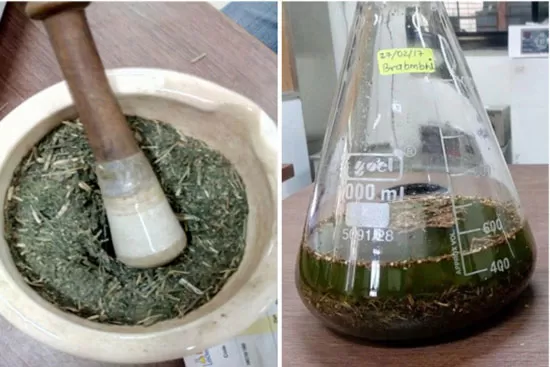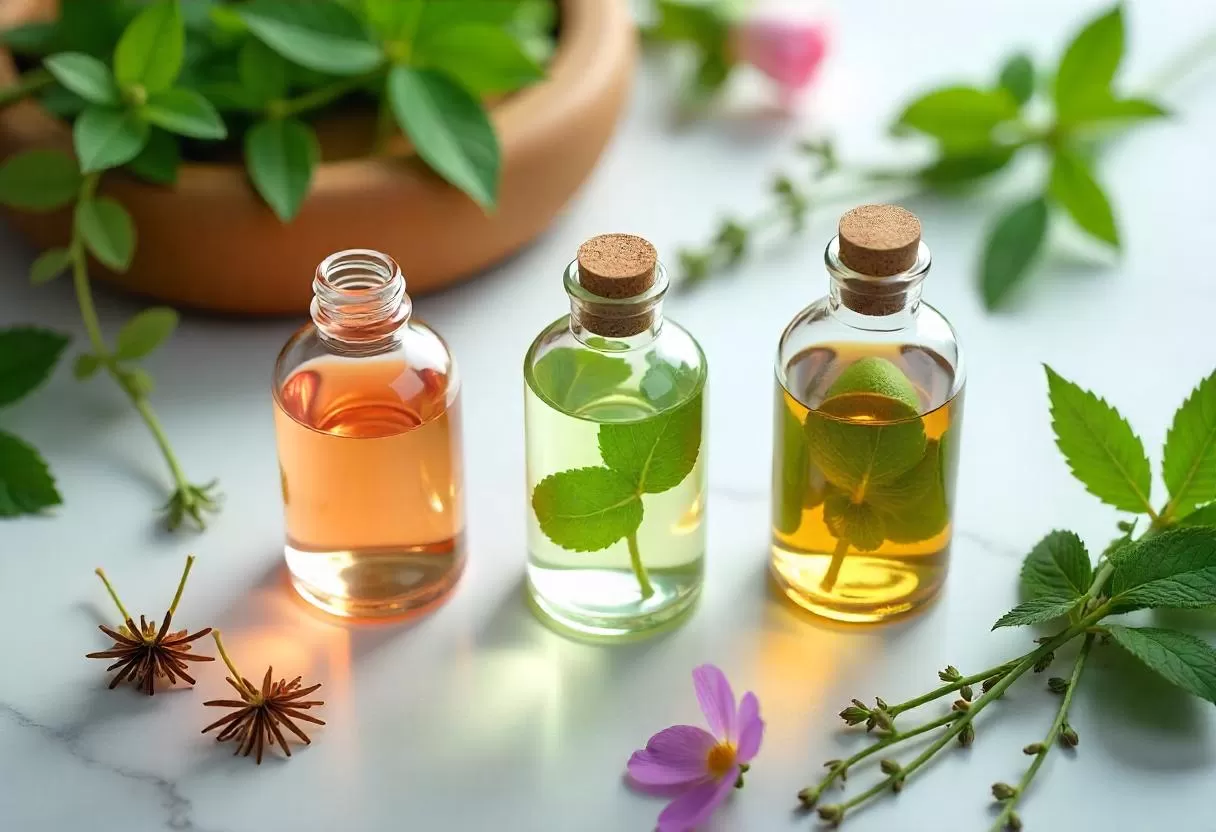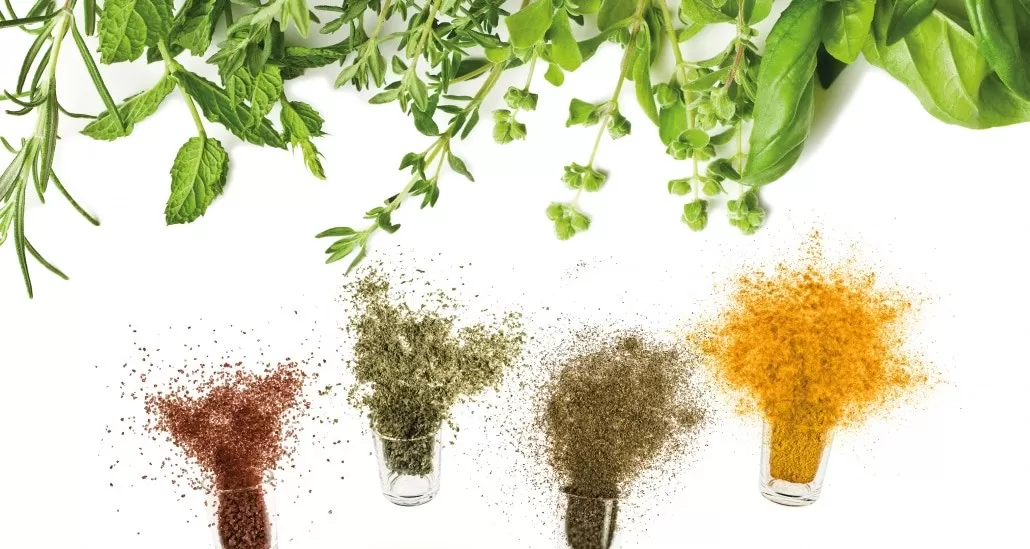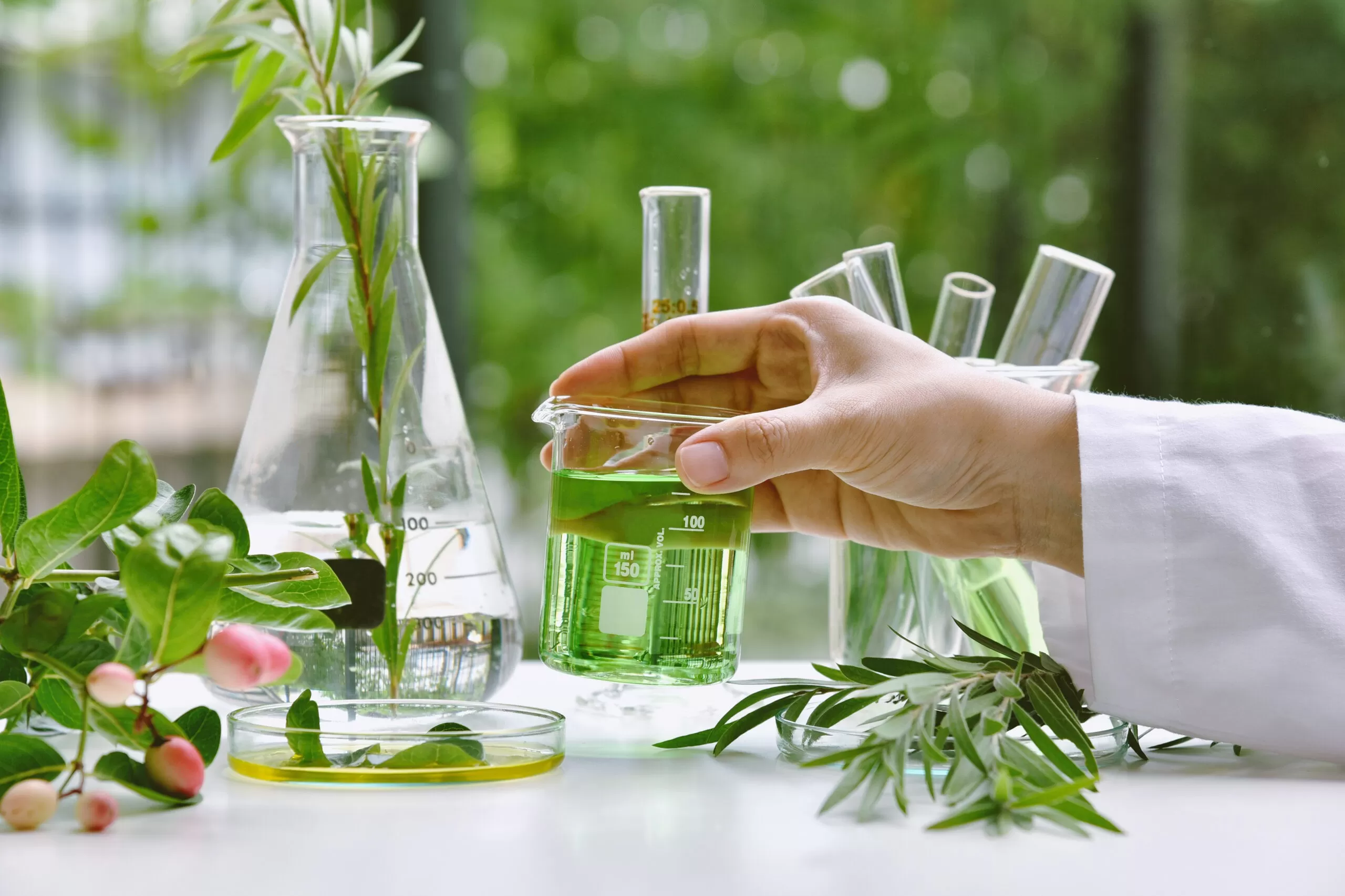- 0086-571-85302990
- sales@greenskybio.com
Aromatic Profiles: Understanding Lavender Plant Species and Their Distinctive Traits
2024-07-04
Introduction
Lavender is a plant that has long been cherished for its alluring aroma. However, it is not a simple, single - entity. There are numerous lavender plant species, each with its own unique set of characteristics. These differences are not only fascinating from a botanical perspective but also have significant implications in various fields such as perfumery, medicine, and agriculture. Understanding the distinct traits of different lavender species, especially in terms of their aromatic profiles, is crucial for anyone interested in these aspects.
The Diversity of Lavender Species
Lavandula angustifolia, also known as English lavender, is one of the most well - known species. It is native to the Mediterranean region. This species is highly valued for its sweet, floral, and herbaceous aroma. The flowers are typically a pale purple color, and the plant has narrow, silvery - green leaves.
Lavandula stoechas, Spanish lavender, has a more distinct appearance and aroma. Its flowers are often topped with what looks like a small "pineapple" - like bract, which gives it a unique visual appeal. The fragrance of Lavandula stoechas is stronger and more pungent compared to Lavandula angustifolia, with a hint of camphor and a more resinous quality.
Lavandula latifolia, known as Spike lavender, is another important species. It has broader leaves compared to the previous two species. Spike lavender has a more medicinal - like aroma, with a higher content of camphor and eucalyptol. This gives it a more intense and somewhat sharper smell.
Factors Influencing Aromatic Profiles
Soil Conditions
The type of soil in which lavender plants grow can significantly impact their aromatic profiles. Lavender generally prefers well - drained, sandy or gravelly soil. For example, if the soil is too rich in nutrients or retains too much moisture, it can lead to a dilution of the essential oils and a less - intense aroma. In contrast, soil that is a bit more alkaline and has good drainage can enhance the production of the characteristic aromatic compounds.
Climate and Sunlight
- Lavender is a sun - loving plant. Adequate sunlight exposure is crucial for the development of its aromatic compounds. In regions with plenty of sunlight, lavender plants tend to produce more essential oils, resulting in a more intense fragrance.
- The climate also plays a role. Lavender thrives in Mediterranean - like climates, which are characterized by warm, dry summers and mild, wet winters. Extreme cold or excessive humidity can stress the plants and potentially affect the quality and quantity of their aroma.
Harvesting Methods
- The time of harvesting is critical. For most lavender species, the optimal time is when the flowers are in full bloom but before they start to fade. Harvesting too early may result in a lower yield of essential oils, while harvesting too late can lead to a loss of some of the more volatile and delicate aromatic components.
- The method of harvesting also matters. Hand - harvesting is often preferred for high - quality lavender, as it allows for more selective picking and less damage to the plants. Mechanical harvesting can be more efficient but may also cause more bruising and damage, which can potentially affect the aroma.
Aromatic Compounds in Different Lavender Species
Linalool is a common aromatic compound found in many lavender species. In Lavandula angustifolia, linalool contributes to its sweet, floral aroma. It is also present in Lavandula stoechas, but in different proportions, which gives it a different overall scent.
Camphor is more prominent in Lavandula latifolia. As mentioned earlier, the higher camphor content gives Spike lavender its more medicinal - like and sharper aroma. However, even in small amounts in other species, camphor can add a certain depth and complexity to the overall fragrance.
Eucalyptol is another compound that is found mainly in Lavandula latifolia. It gives the plant its characteristic cooling and slightly minty undertone, which is part of what makes Spike lavender's aroma so distinct.
Applications in Different Fields
Perfumery
- Lavender essential oil is a staple in the perfume industry. Lavandula angustifolia, with its sweet and floral aroma, is often used as a top note in many perfumes. It provides a fresh, clean, and inviting opening to a fragrance composition.
- Lavandula stoechas, with its more complex and pungent aroma, can be used to add depth and a unique character to perfumes. It may be used in more oriental - or spicy - themed fragrances.
- Lavandula latifolia, because of its more medicinal - like smell, is sometimes used in perfumes that aim to convey a sense of freshness and well - being, often in combination with other more floral or citrusy notes.
Medicine
- The aromatic compounds in lavender have long been recognized for their calming and relaxing properties. Lavender essential oil is often used in aromatherapy to relieve stress, anxiety, and promote sleep. Different species may have slightly different therapeutic effects due to their varying aromatic profiles.
- In traditional medicine, lavender has been used for treating various ailments such as headaches, skin irritations, and digestive problems. The anti - inflammatory and antimicrobial properties of lavender are thought to be related to its aromatic compounds.
Agriculture
- Lavender is often grown as a companion plant in gardens. Its strong aroma can help repel certain pests, such as moths and mosquitoes. Different lavender species may have different levels of effectiveness in pest control, depending on their aromatic compounds.
- In agricultural settings, lavender can also be used to attract beneficial insects like bees. The nectar - rich flowers of lavender are a valuable food source for bees, and the aroma helps guide them to the plants. This promotes pollination in the surrounding area.
Conclusion
In conclusion, lavender is a diverse and complex plant genus with multiple species, each having its own distinctive traits in terms of aromatic profiles. The factors influencing these profiles are diverse, including soil conditions, climate, and harvesting methods. Understanding these differences is not only important for botanists but also has practical applications in fields such as perfumery, medicine, and agriculture. By delving deeper into the world of lavender species, we can better appreciate the beauty and significance of this remarkable plant.
FAQ:
Question 1: How many common lavender plant species are there?
There are several common lavender plant species, such as Lavandula angustifolia (English lavender), Lavandula stoechas (Spanish lavender), and Lavandula latifolia (Portuguese lavender). However, the exact number can vary depending on different classification systems.
Question 2: What factors in the soil can affect the aromatic profile of lavender?
The soil's composition, including its pH level, nutrient content, and drainage capacity, can influence the aromatic profile of lavender. For example, well - drained soil with a slightly alkaline pH is often favorable for lavender growth and can contribute to a more intense and characteristic fragrance. Nutrient - rich soil can also provide the necessary elements for the plant to produce a diverse range of aromatic compounds.
Question 3: How does the harvesting method impact the fragrance of lavender?
The harvesting method is crucial. If lavender is harvested too early or too late, it can affect the quality and intensity of its fragrance. Hand - harvesting at the right time, usually when the flowers are in full bloom but before they start to wilt, can help preserve the optimal amount of essential oils, which are responsible for the fragrance. Rough handling during harvesting can also cause damage to the flower heads and result in the loss of some volatile aromatic compounds.
Question 4: What are the main differences in fragrance between Lavandula angustifolia and Lavandula stoechas?
Lavandula angustifolia typically has a more traditional, sweet, and calming lavender fragrance, with notes of floral and herbal elements. It is often used in perfumes and aromatherapy products. In contrast, Lavandula stoechas has a more complex and pungent fragrance, with a hint of resinous and camphor - like notes in addition to the floral lavender scent. These differences are due to the variation in their chemical composition of essential oils.
Question 5: Why is understanding the aromatic profiles of different lavender species important?
Understanding the aromatic profiles of different lavender species is important for several reasons. In the cosmetic industry, it helps in formulating products with specific scents. In aromatherapy, different lavender species may have different therapeutic effects based on their unique fragrances. Also, in the field of horticulture, it allows for better cultivation and selection of the most suitable lavender species for various purposes, such as for ornamental use or for essential oil production.
Related literature
- The Diversity of Lavender Species and Their Aromatic Compounds"
- "Lavender: Unraveling the Fragrance Secrets of Different Species"
- "Soil and Harvesting Effects on Lavender Aromatic Profiles"
- ▶ Hesperidin
- ▶ citrus bioflavonoids
- ▶ plant extract
- ▶ lycopene
- ▶ Diosmin
- ▶ Grape seed extract
- ▶ Sea buckthorn Juice Powder
- ▶ Beetroot powder
- ▶ Hops Extract
- ▶ Artichoke Extract
- ▶ Reishi mushroom extract
- ▶ Astaxanthin
- ▶ Green Tea Extract
- ▶ Curcumin Extract
- ▶ Horse Chestnut Extract
- ▶ Other Problems
- ▶ Boswellia Serrata Extract
- ▶ Resveratrol Extract
- ▶ Marigold Extract
- ▶ Grape Leaf Extract
- ▶ blog3
- ▶ blog4
- ▶ blog5
-
What are extracts made of?
2024-07-04
-
Extract Usage: A Comprehensive Guide
2024-07-04
-
Are plant extracts good for you?
2024-07-04
-
What are plant-based extracts?
2024-07-04
-
What Is a Plant Extract? A Deep Dive
2024-07-04
-
Saw Palmetto Extract
2024-07-04
-
Curcuma Longa Extract/Turmeric extract
2024-07-04
-
Tinospora cordifolia extract
2024-07-04
-
Saffron Extract Powder
2024-07-04
-
Calendula Extract
2024-07-04
-
Bitter Melon Extract
2024-07-04
-
Black Garlic Extract
2024-07-04
-
Cassia Seed Extract
2024-07-04
-
Hops Extract
2024-07-04
-
Avocado Extract Powder
2024-07-04































